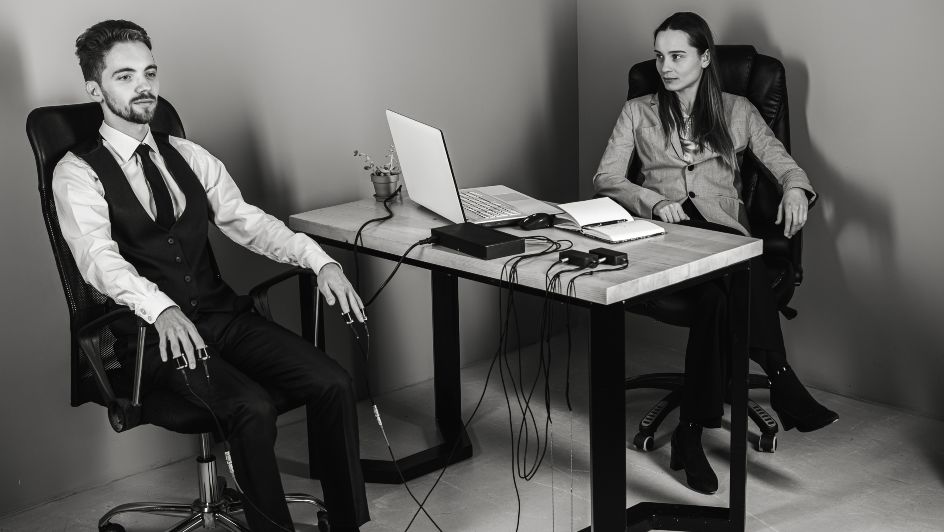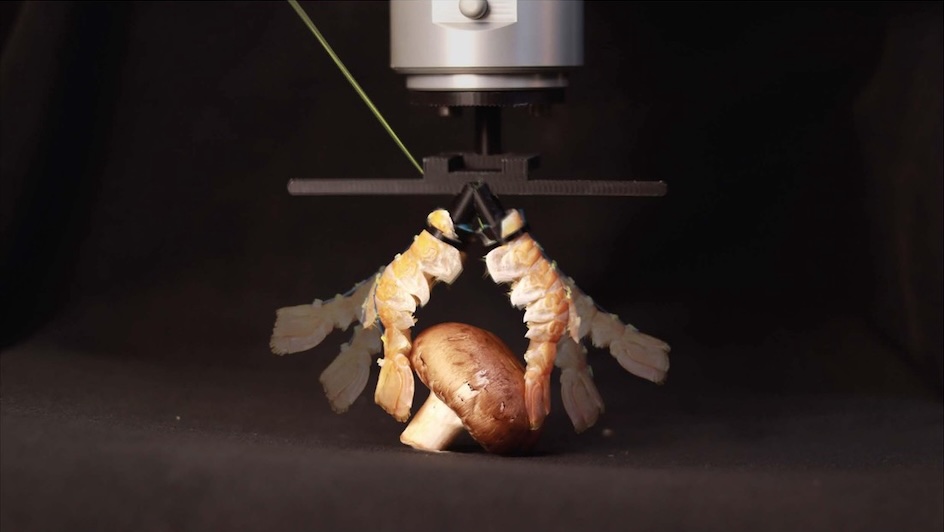#ThrowbackThursday – 2 February

What do New York, boxing and lie detectors all have in common? You guessed it – 2 February!
Take a look at these three events that went down in history on 2 February:
1653 – New Amsterdam, Same Old York
Ah, New York City. It’s the city of a thousand names: NYC, the City That Never Sleeps, America’s Melting Pot, the Big Apple … but back when it was first founded, it wasn’t known by any of these names.
New Amsterdam was first incorporated as a city when it first gained municipality rights in 1653. It served as the capital of New Netherland, a colonial settlement ruled by the Dutch. A trading hub spread over the Manhattan area, the population numbered approximately 800 – indeed, very small fry compared to today’s population which sits at over 8.4 million.
Alas, New Amsterdam didn’t remain as such for long: in 1664, the settlement was “gifted” to James II, the Duke of York by his brother, King Charles II of England. Under the threat of warships lingering in the harbour, New Amsterdam quickly surrendered itself to its new English rulers and was rechristened “New York”. Conflicts between the two nations saw New York/Amsterdam’s being lost and reclaimed before the English finally took possession of it in 1674.
Today, New York City stands as one of the leading cities of the world, its Dutch origins forming just a few of the stitches that make up the Big Apple’s widespread fabric … but who knows, if not for Charles II’s involvement, it would probably be called the Big Orange instead!
1892 – World’s Longest Boxing Match
Going the distance in boxing can be tough and gruelling. Bouts typically last between nine to 12 rounds, going even as far as 15 rounds.
In 1892, Harry Sharpe and Frank Crosby went the distance several times over when they went toe-to-toe for the Missouri Lightweight Championship in Nameoki, Illinois. The match lasted an incredible 77 rounds (over five hours), the longest to ever occur under the Marquess of Queensberry Rules.
The first 64 rounds were officiated by referee Willie Green, who was suffering from a cold and alleviated his symptoms with nips of whisky. Come the 65th round, though, Green passed out, leaving Sharpe and Crosby to duke it out unofficiated.
In the 76th round, both men simultaneously knocked each other out à la Rocky versus Apollo Creed in “Rocky II”. For his pains, Crosby banged his head upon falling; when he got to his feet for the 77th round, he was dazed. Sharpe quickly knocked him out and won, bringing the record-long contest to a close.
Although Sharpe walked away with the title, $500 from a side-bet, and bragging rights for his history-making accomplishment, he also received an 11-month jail sentence for violating anti-prizing laws at the time.
1935 – Where’s the Lie?
The polygraph machine, or “lie detector”, is a common trope in the media: a suspect is hooked up to a machine which determines whether or not they are lying – the more lies they apparently tell, the more they prove the suspect’s guilt.
So engrained is this image in the public imagination, it’s hard to believe that this machine – or rather, the prototype for today’s machines – was used for the first time only 88 years ago. Co-invented by Leonarde Keeler, who worked for the North Berkeley Police in California, he tested the prototype on two men who were suspected of assault.
The men were put to the test by Keeler on 2 February in Portage, Wisconsin, and the prototype measured and recorded their bodily reactions as they were questioned: their heart rate, their blood pressure, their respiration levels, and so on.
The results drawn from the data of the lie detector test were presented as evidence in court, and the suspects were convicted.
Of course, polygraph machines aren’t an accurate or foolproof way of proving one’s guilt. After all, if you were hooked to a machine and were questioned as if your life depended on it, your heart rate, blood pressure and respiration levels are surely all gonna spike, right?





















